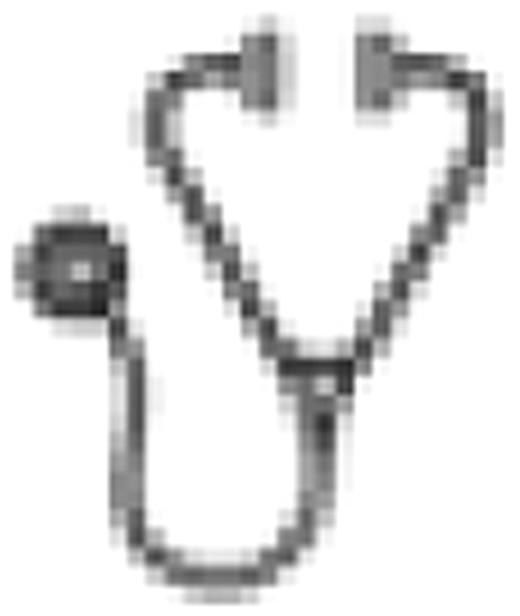Abstract
Abstract 1249
Previously, we could demonstrate that addition of ATG-F to standard cyclosporine, methotrexate GvHD prophylaxis (control group) significantly reduces severe acute and chronic GvHD, without negatively affecting non-relapse mortality (NRM), relapse rate (RR), disease-free survival (DFS) or overall survival (OS) (Finke et al., Lancet Oncol, 2009). Here we present final data of extended follow-up with a median of 3 (25%-quartile 2.5, 75%-quartile 3.9) years on 201 patients with median age of 40 (range 18–60) years, transplanted between 2003 and 2007, with AML (n=101), MDS (n=10), ALL (n=70), CML (n=17), OMF (n=3) in early (1st CR or MDS-RA, n=107), or advanced status of disease (all other, n=94). At Day +100, the primary efficacy endpoint - severe acute GvHD (aGvHD grade III-IV) or death was reached in 21.4% of patients in the ATG-F group versus 34.7% in the control group (p=0.098). Incidence of grade III-IV aGvHD was 11.7% in the ATG-F group and 25.5% in the control group (p=0.039). With extended follow-up the incidence of extensive chronic GvHD (cGvHD) after three years was 12.2% in the ATG-F group versus 45.0% in the control group (p<0.0001). DFS after three years was 48.0% in the ATG-F and 38.4% in the control group (p=0.71). Incidence of relapse after three years was 32.6% in the ATG-F and 28.2% in the control group (p=0.47). Incidence of NRM after three years was 19.4% in the ATG-F and 33.5% in the control group (p=0.18). OS after three years was 55.2% in the ATG-F and 43.3% in the control group (p=0.39).
The effects of the prognostic factors patient age, donor age, patient/donor sex mismatch, patient/donor CMV status, HLA-C difference, type and status of disease, conditioning regimen, source of stem cells, cyclosporine trough levels during the first 30 days, on occurrence of aGvHD III-IV, extensive cGvHD, DFS, relapse, NRM, and OS were analyzed. Factors showing an effect with p<0.05 in univariate analyses were analyzed in multivariate analyses (both adjusted for treatment). Donor age above 40 years negatively affected the risk for aGvHD III-IV (hazard ratio (HR)=2.6, p=0.009), extensive cGvHD (HR=2.1, p=0.021) and OS (HR=1.7, p=0.016); patient age above 40 years negatively influenced NRM (HR=1.8. p=0.041), whereas advanced disease was a risk factor for aGvHD III-IV (HR=2.1, p=0.018), DFS (HR 1.7, p=0.004), relapse (HR=1.7, p=0.038), and OS (HR=1.9, p=0.002). Conclusion: ATG-F significantly reduces severe acute and chronic GvHD. Younger donors are to be preferred in unrelated donor transplantation. Older and advanced disease patients need special precautions to improve outcome.
Finke:Fresenius Biothech GmbH: Research Funding. Bethge:Fresenius Biothech GmbH: Lecture remuneration.

This icon denotes an abstract that is clinically relevant.
Author notes
Asterisk with author names denotes non-ASH members.

This feature is available to Subscribers Only
Sign In or Create an Account Close Modal